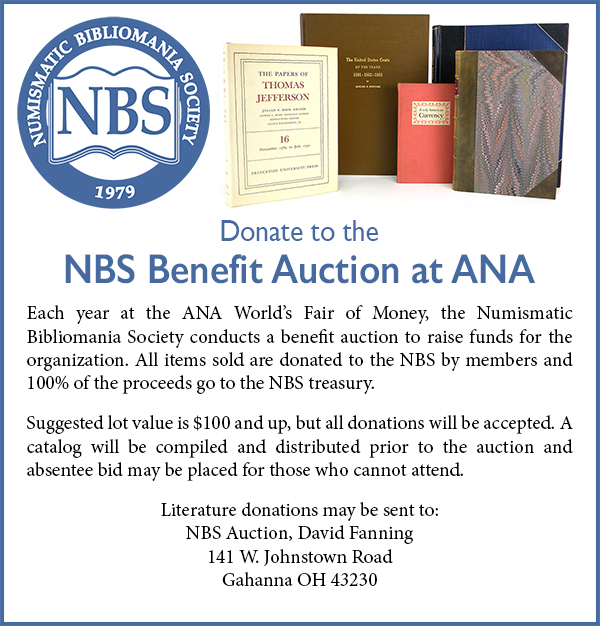
PREV ARTICLE
NEXT ARTICLE
FULL ISSUE
PREV FULL ISSUE
HOW THE RAILROAD WARS SHAPED FINANCE TODAYNumismatics touches many disciplines, including history and finance. A few passages caught my eye in a great article by historian T.J. Stiles on the intense rivalries that built the railroads and shaped
the nation, starting with the great financiers of the 1860s, Cornelius Vanderbilt, Jay Gould and Jim Fisk. The article even goes into the longstanding feud between detective Allan Pinkerton and the outlaw Jesse James.
Nothing directly numismatic here, but a good read for students of history. -Editor
The feud seems like a classic Wild West story, a tale of masked, revolver-wielding horsemen on the frontier. In fact, it was one of the birth pains of America’s integrated financial system. The network of railroads was extensive enough in the 1860s to allow Congress to create a national bank system and a legal-tender paper currency to meet the demands of fighting the Civil War. There was no Federal Reserve yet, so banks connected by rail, sending bundles of cash across the country by express messenger. For bandits, it made sense to rob trains in the settled states, where there were more railroads carrying more money. As for Pinkerton, he filled a gap in interstate law enforcement, one that eventually led to the FBI. He took train robberies seriously; they cut into the arteries of the national economy. It was a lucky thing for banks that the bandits overreached in 1876 and never fully recovered. The article also touches on the Panic of 1873, which lead to numerous changes in U.S. coin weights and designs still studied by collectors. -Editor
In order to connect the Pacific Northwest with the rest of the United States, Congress had granted Northern Pacific a strip of land that, as historian Richard White writes, equaled the entire area of New England. The Lakota, also called the Western Sioux, claimed much of this terrain. Their resistance added to the railroad’s troubles, which sparked a panic on Wall Street later in 1873, ringing in one of the worst depressions in American history. Today's financial system and the Information Age itself were forged in the creation of the railroad industry. Where do you think the first fiber optic cables connecting computers across the country
were laid? Along railroad rights of way. -Editor
Today’s tech industry is not as far from 19th-century railroads as it may seem. Through their colorful rivalries, our world emerged. Vanderbilt battled Gould and Fisk in sophisticated financial markets that didn’t even exist when Vanderbilt was born. They developed new ways to structure corporate debt, shares and governance that are still in use. Our financial world, in which a payment in Portland is instantly accepted in Charleston, in which the savings of millions are redirected into productive loans, rose on a national railway network. Today the Federal Reserve has removed banks’ need to pay each other with physical cash, but express companies like Wells Fargo and American Express remain, having transformed from shippers of banknotes into lenders and financial institutions in their own right. Even the tragic Indian Wars speak to the role of the federal government in building the nation’s transportation infrastructure, much as it established the framework of the internet itself. The hardware naturally draws our attention—locomotives, tracks, depots. It still matters, too; railroads carry 40 percent of America’s freight, a thriving legacy of that history. But railways also gave us our economic software, which we run day and night. They introduced large-scale business corporations, financial markets, an integrated banking system, a professional middle class—even time zones. It wasn’t all pretty, but the railroads so define our lives that it’s hard to imagine the world without them. To read the complete article, see:  Wayne Homren, Editor The Numismatic Bibliomania Society is a non-profit organization promoting numismatic literature. See our web site at coinbooks.org. To submit items for publication in The E-Sylum, write to the Editor at this address: whomren@gmail.com To subscribe go to: https://my.binhost.com/lists/listinfo/esylum All Rights Reserved. NBS Home Page Contact the NBS webmaster 
|